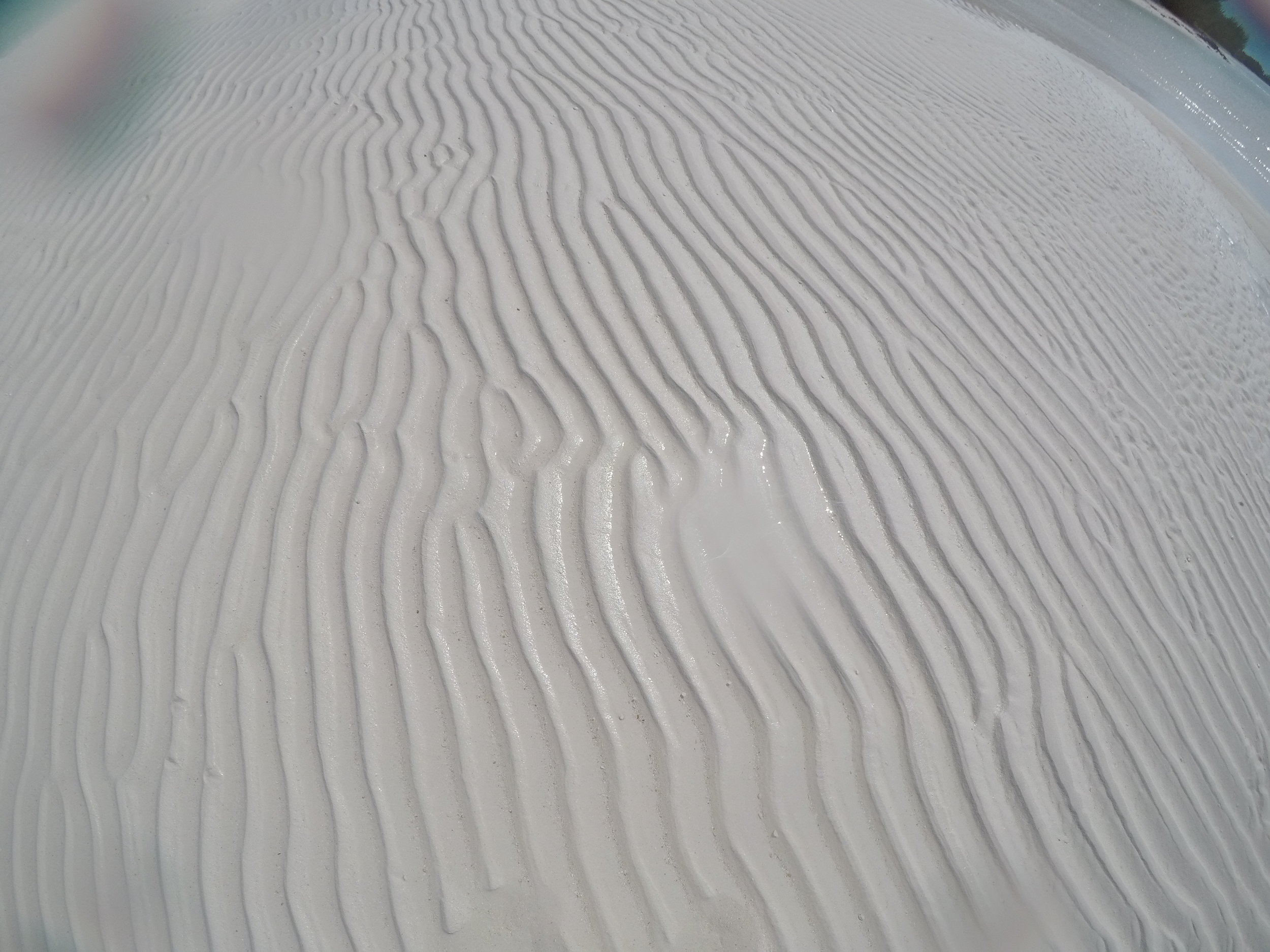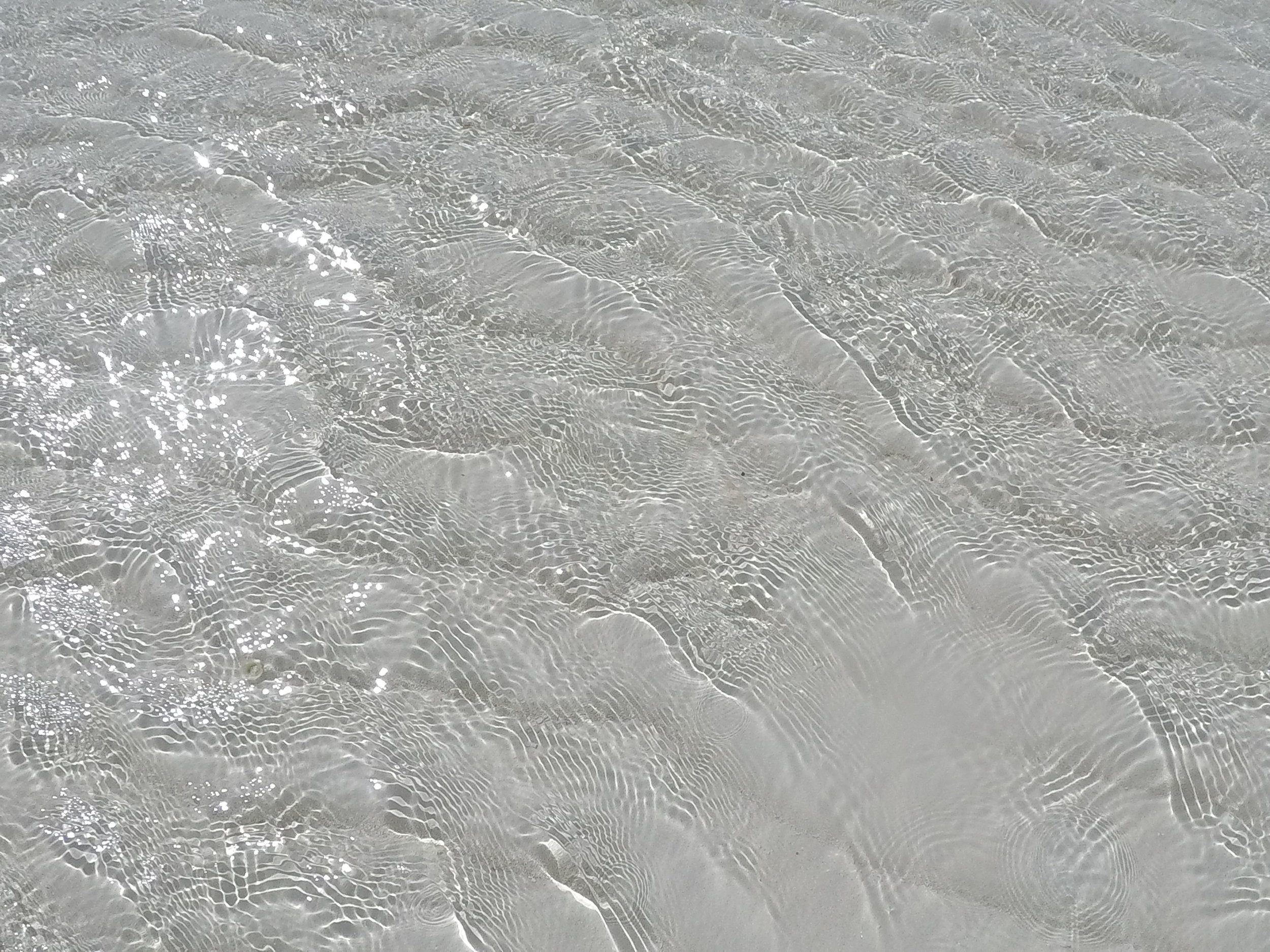Mangroves are a very interesting saltwater tree that can help hold a shoal together and begin the formation of dry land by preventing erosion of surface substrates. Their name in Spanish "Mangle" is very similar to the word Mangled. When you look at them, you begin to wonder which word came to be first? As the trees do look rather mangled!
Mangrove trees sit a top aerial roots that raise them far out of the water, allowing the tree to remain in dry air while the roots penetrate into the substrate beneath. Amongst the roots, you will see small sticks protruding from the soil with no leaves on them. These are snorkels of Black Mangrove, and used by the mangroves to gain fresh air when the tide is in and their roots are submerged. On the surface of these snorkels, you will see small pores called Lenticles. Red Mangrove simply has these lenticles on the stilt roots that hold the plant high out of the water, so you won't see these snorkels around Red Mangroves.
Mangroves serve a few very important purposes. Like all trees, their roots hold soil and prevent erosion. This is especially important in the marine environment where waves are constantly moving substrates from one location to another. The roots help break apart wave forces while holding onto the soil they are planted in. This means that the erosive forces on the substrate are minimized while the depositive forces are not dampened. As waves carrying debris break apart against the roots, they will leave behind small traces of substrate, slowly adding to the height of the shoal until dry land will emerge.
Aside from holding onto soil in the marine environment, Mangroves offer refuge to a whole host of organisms. Insects, birds, and smaller animals live in the canopy, while a whole host of fishes and other aquatic lifeforms seek shelter in the roots of the trees. Mangrove reefs are a collection of different forms of life, all living in a very small and dense area.
The last great benefit from mangroves is for the water they live in. Mangroves slow the speed at which water passes through and provide a wonderful environment for filter feeding bivalves. Oysters and mussels will grow on the sides of roots and filter the water that is slowly passing by them, helping to clean the water that comprise the mangrove reef.
Mangrove are amazing trees that have adapted to life submerged in brackish to pure salt water. They are great at changing their environment to better suite them while protecting environments near them from erosion and damaging waves.








